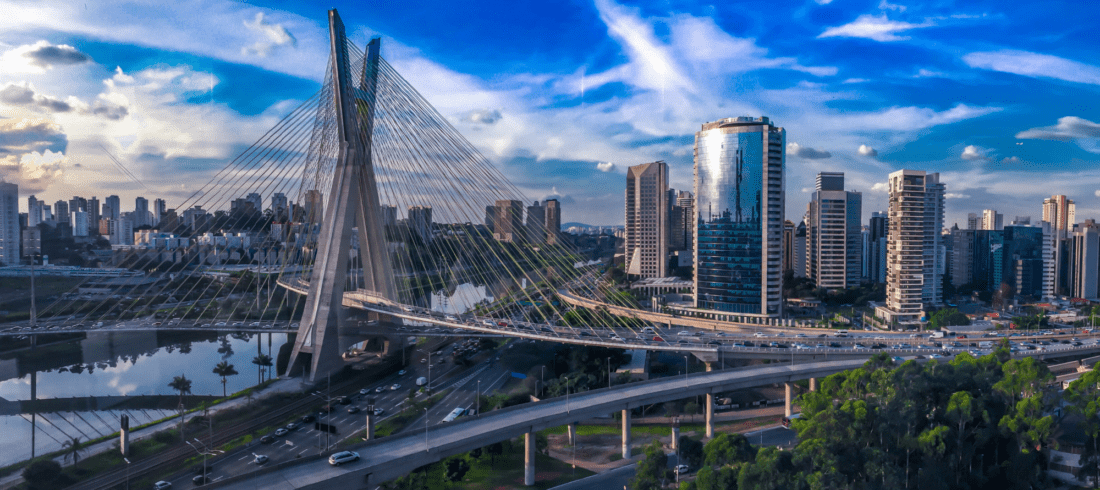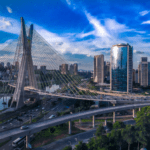
No nation has ever achieved middle-class income status without urbanization.
Globally, urbanization rates keep ascending, and the world is faced with a gigantic set of challenges coming out of demographic imbalances.
While most of North America, Europe and China are seeing their populations diminish in numbers, Africa, Asia and the middle east are staged for population growth, creating an imminent problem of depreciating urban living standards, and national economic under-performance (UN).
As the majority of people, about 70% of global population, are expected to be living in cities by 2050 (World Bank), the problems of 3 billion people globally who need access to water, electricity, health care, and education are set to compound the need for well planned, resilient, sustainable, smart, and human centric cities.
As years progress, the challenges of urbanization and demographics are exerting immense pressure on national economics and people’s way of life. The longer it takes to address them, issues like crime, poverty, poor infrastructure, and unavailability of essentials like power, water, and healthcare will begin to take over as the order of the day.
Undoubtedly, well built, and efficiently run cities remain key to economic turnaround and better standards of life for people globally. Human centric and sustainable policies, technology, infrastructure, and symbiotic environments are critical enablers of the urban solution, especially in Africa and Asia, the regions with the highest urbanization rates.
The goal is to adopt a collaborative approach in the urban reformation process. The challenge, however, is not just keeping up with the ever-evolving technology, it is keeping people at the center of new urban formations. Involving multiple stakeholders early, from government, city, private sector, to residents is primary in the solution delivery process.
Investment and entrepreneurial opportunities are opening as cities and local governments try to keep pace with rapid urbanization and population growth, especially in developing nations. Gaps in arising out of this expansion will need sustainable solutions that include; (1) Infrastructure – in order to accommodate the rapid expansion in urban dwellings, experts estimate that US$78 trillion in global infrastructure investment is required by 2030 alone (PWC). (2) Residential Developments – more than 1 billion people live in housing that is below minimum standards of comfort and sanitation, and new houses will have to be built for 3 billion people by 2030 (UNDP). (3) Technology – the array of technologies to support smart activities in cities has developed rapidly, rendering 2015 technologies outdated but opening up an opportunity for upgrading technologies, or implementing new tech programs in cities. (4) African Smart Cities – almost all of the new growth in urban areas will take place in lesser known medium-sized cities of developing countries (PWC).



